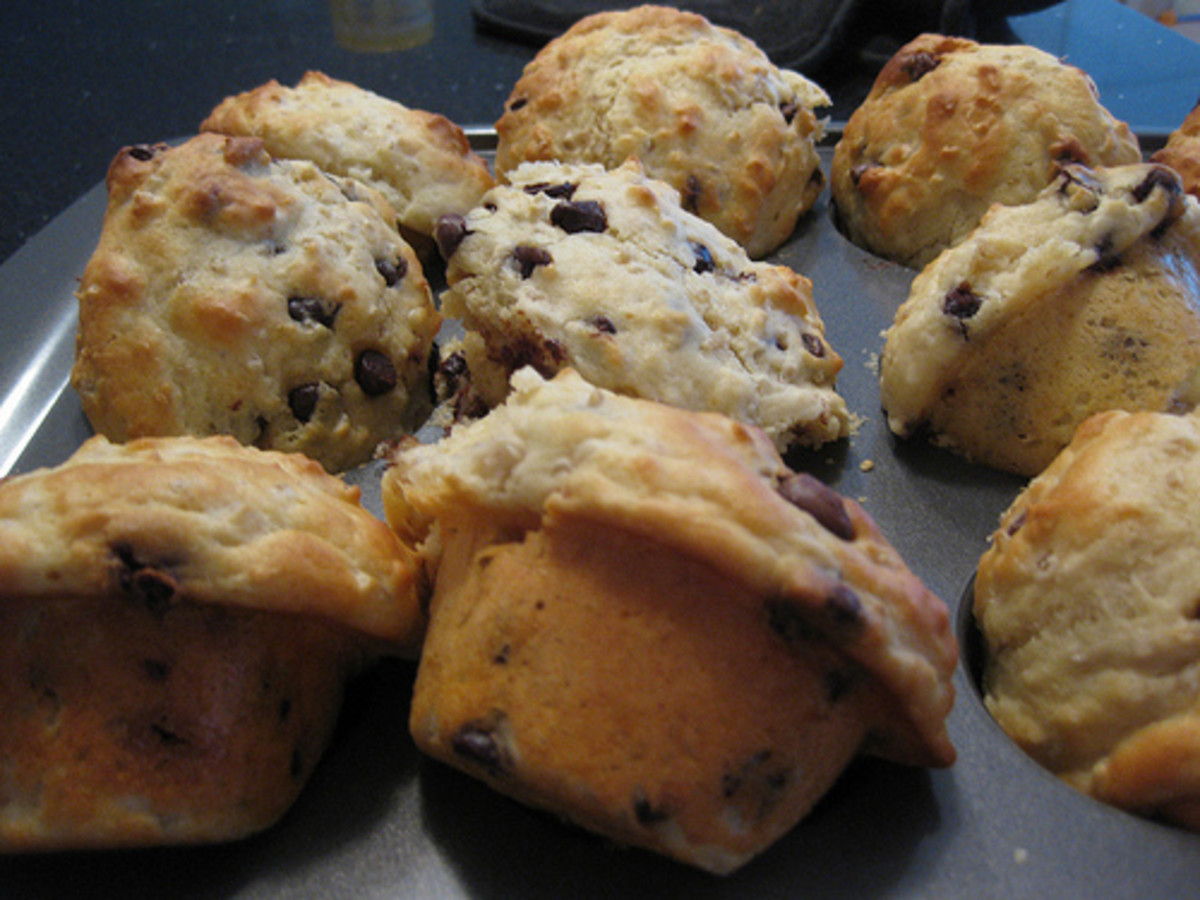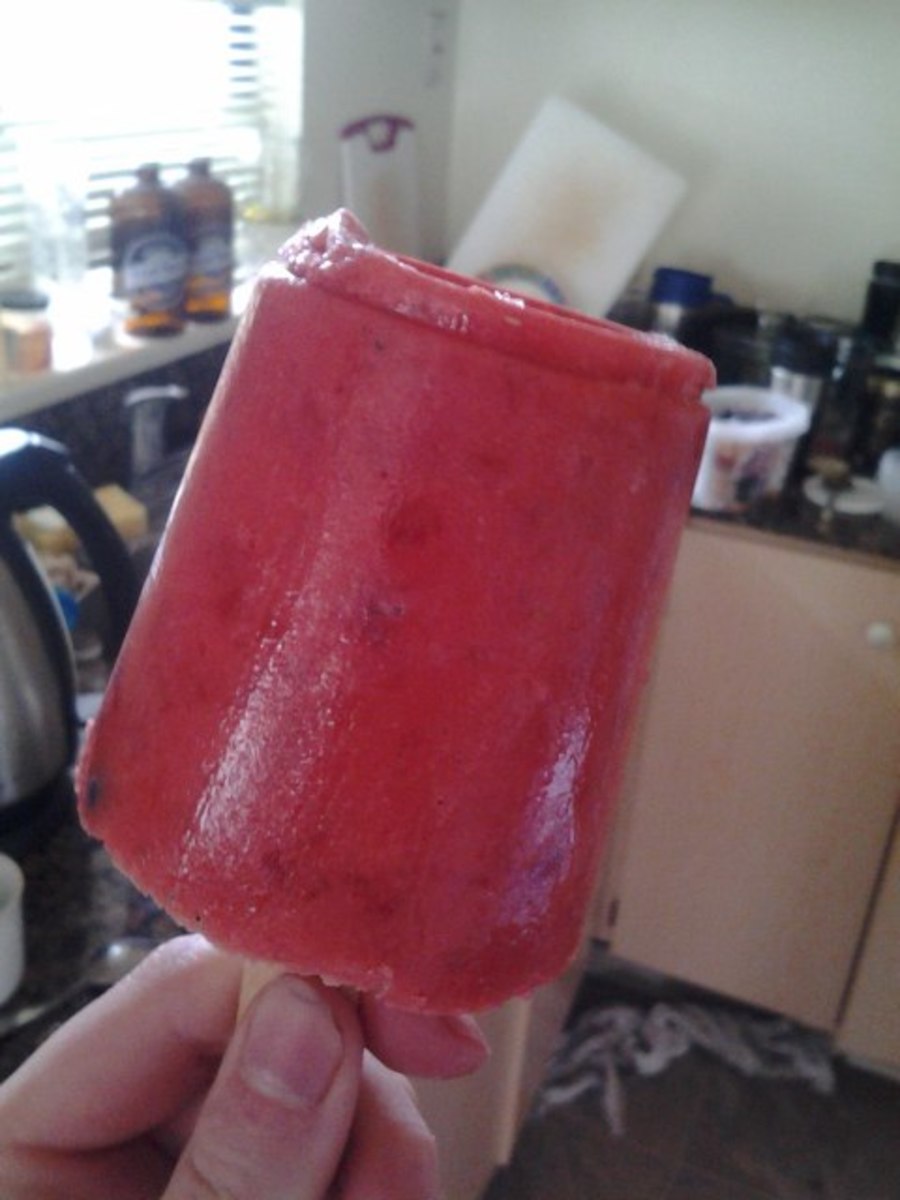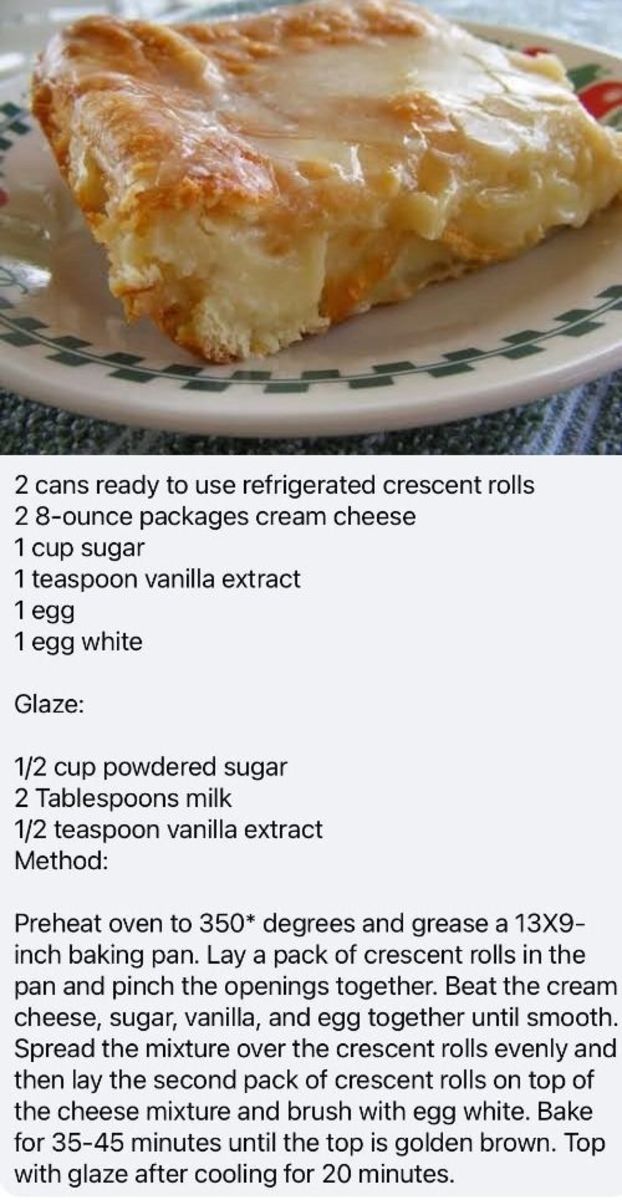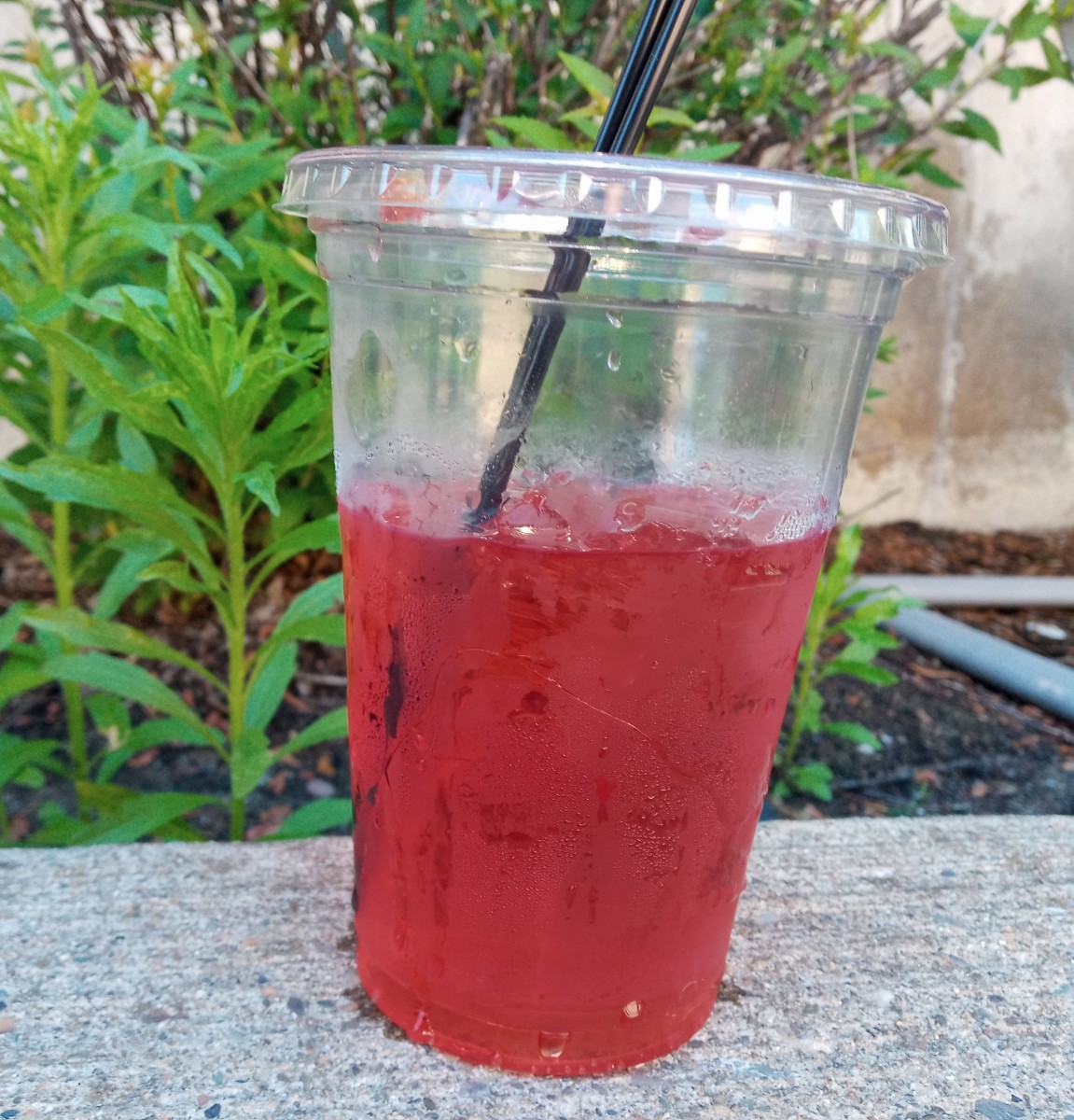How to Use Different Types of Cream in Cooking
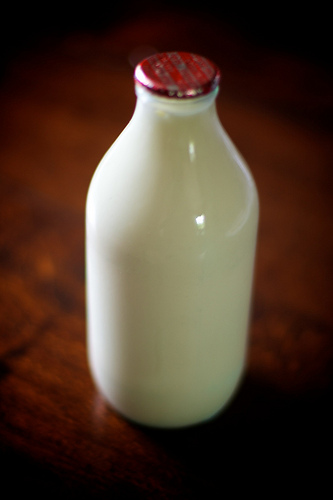
It can be a little intimidating to find out how many types of cream there are. The good thing to remember is that you don't really need to use all of them, you should just be familiar with them and know they exist so you don't come across something and wonder what it is or why it is being used. This rich and wonderful world of flavor is sorted by what some people think is an evil word - fat. Though it is important to be familiar with how much fat something has, it's not always the best thing to worry about it all the time - some uses for cream are healthy! Here however, I cover only the types of cream, what amount of butterfat they have, and some uses for each. Enjoy!
Butterfat
Well, that doesn't sound healthy at all. However, milks, cheeses, and creams are sold by their butterfat content. What is butterfat? In the simplest terms it is the fatty portion of the milk or cream. Needless to say, it is fat and you can tell how healthy a cream is by the butterfat content - so I would not suggest drinking a cup of double cream any time soon.
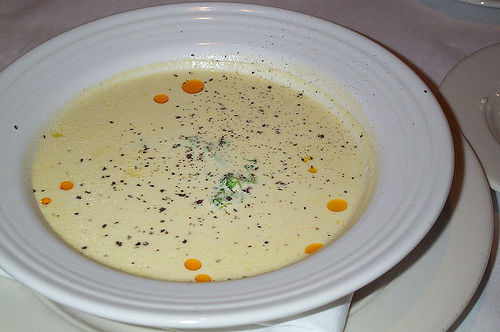
Single Cream
Single cream has a butterfat content of no less than 18%. This is usually just called cream and goes well in most things from drinks and coffee to soups, sauces, casseroles, and more.

Crème Fraîche and Sour Cream
This is cream and sour cream mixed together for a more mellow tasting sour cream. This is good for dipping most things into and can be used like sour cream. Sour cream is just cream that has a culture added to it and thickens into a sour mixture. It can be used in anything from sauces to toppings, and should often be used with tacos.
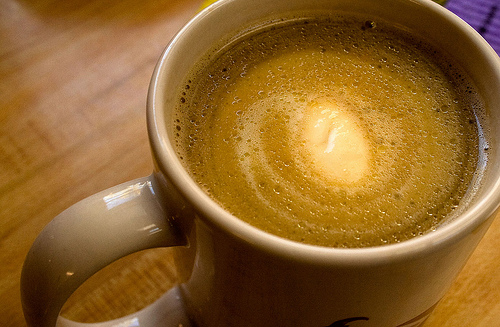
Half (Light) Cream
Half cream has a butterfat content of no less than 12%. If you like a more mellow flavor and find that regular cream is just too rich for you, you may prefer half cream. I mostly use this in coffees that are already pretty rich in flavor. Half cream can be used in most things that regular cream can be, however you need to take into account there is less fat so it will both be less thick and less flavorful.
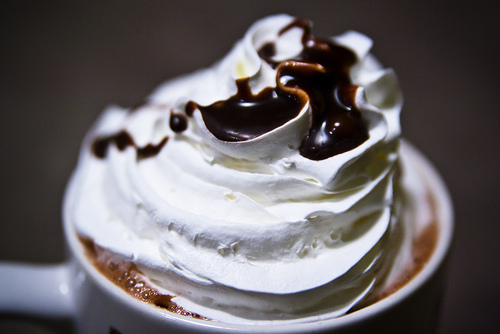
Whipping Cream
Whipping cream has a butterfat content of no less than 35%. If you do not know what whipped cream is, I cry for you. Creating your own whipped cream is SO simple that anyone can do it - and should do it!
Creating your own whipped cream allows you to flavor it yourself, meaning you can have ANY flavor of whipped cream imaginable. Furthermore fresh whipped cream is something that few people taste anymore, and whenever I make it for anyone they are astounded.
Simply get whipping cream and a very cold or frozen bowl (the process needs it to be cold so the cream doesn't melt and retains its shape with air being beaten into it), sugar, and vanilla. I usually use 1 cup cream, 1tbsp sugar, and 1 teaspoon of vanilla as a standard... but always add more sugar myself. For decadence unparallelled use chocolate, strawberry, or any other flavor. Also this is great to use as a base for mousses.
Double Cream
Double cream has a butterfat content of no less than 48%. With such a jump in fat content from single cream, you could imagine that this is a much thicker cream. Though it is hard to find in retail, some restaurants use this in deserts because it is so rich and creamy but also able to maintain its shape a bit, adding that extra bit to presentation of the desert.

Clotted Cream
Clotted cream has a butterfat content of no less than 55%. Though clotted cream is not as known in the US right now, it is still delicious. Created from heating cream to 180 and then scraping off the clotted cream that forms, it is much thicker than regular cream and not exactly fluid. It can be used on any kind of pastry and is usually something people in the US aren't familiar with so it is fun to use for parties.
Cream. Imagine the Possibilities.
Because cream is so diverse, it can be used with everything. In fact, it is used in a vast amount of dishes - even if you don't realize it. Which can be unfortunate for lactose intolerant people. However, for everyone else the world of creams is a rich and flavorful place that is as rich as the world around us, as every culture has contributed something different that is cream based. Have fun exploring what you can contribute, too!

